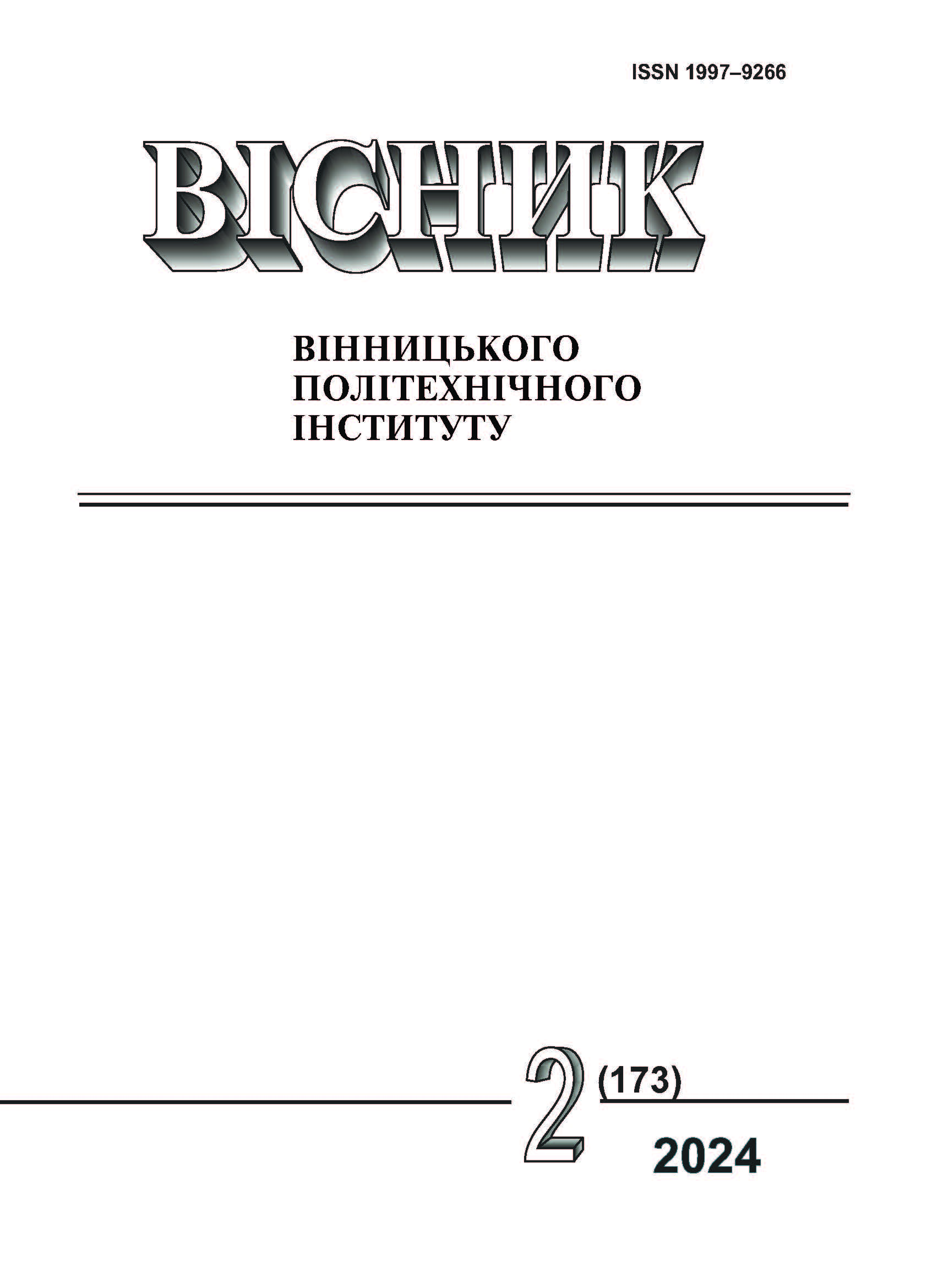Peculiarities of Risk Management when Working with Medical Information Systems
DOI:
https://doi.org/10.31649/1997-9266-2024-173-2-78-86Keywords:
medical information system, quality of medical services, risk management, medical recordAbstract
The paper studies the use of medical information systems in medical institutions. The main emphasis is placed on the processes that ensure automation of various activities of doctors of different profiles.
The possibility of implementing a risk-oriented approach into the quality management systems in medical institutions is considered, and the requirements for a risk management system that meets the nature and scale of medical institutions of various profiles are determined.
The use of healthcare information systems is associated with various internal and external threats that can lead to risks for patients
The object of the study is medical information systems and their adaptation to workflows in healthcare institutions.
The subject of the study was the results of a survey on the use of a separate module of the medical information system by healthcare professionals, namely the patient’s electronic medical record at different levels of medical care.
In the course of this study, an anonymous questionnaire was used to analyze the degree of adaptation of the medical information system to the work of a doctor, determine the level of adaptation of the medical information system to the needs of healthcare professionals and analyze possible risks in the processes of providing medical services, namely, at the stage of working with an electronic medical record. The gap analysis allows to review the work processes of a medical institution, assess the impact of potential risks on the performance of doctors, and change processes to reduce or eliminate identified risks in the process of working with medical information systems.
An urgent problem is the development of corrective and preventive measures to reduce and minimize risks, and the implementation of a risk management system in medical institutions as part of a quality management system will help improve the quality of medical services and increase patient satisfaction.
Approaches to identifying risks arising in the process of working with medical information systems in accordance with the requirements of international standards are substantiated.
References
Ю. Л. Нечипоренко, «Електронна медична картка на планшетному ПК», Радіоелектроніка та інформатика, наук.-техн. журнал Харківського національного університету радіоелектроніки, № 2, с. 49-51, 2014.
G. A. Messano, V. De Bono, F. Di Folco, and L. T. Marsella, “Past and present of risk management in healthcare,” Ig. Sanita Pubbl., no. 70(4): pp. 423-430, 2014.
М. М. Микийчук, «Метрологічні ризики контролю якості продукції на стадії виготовлення,» Методи та прилади контролю якості, наук.-техн. журнал Івано-Франківського національного технічного університету нафти та газу, № 26, с 120-123, 2011.
О. П. Чабан, і О. В. Бойко, «Огляд світової практики щодо впровадження медичних інформаційних систем та проблеми створення єдиного медико-інформаційного простору,» Вісник Національного університету «Львівська політехніка». Серія Комп’ютерні науки та інформаційні технології, № 771, с. 365-370, 2013.
М. М. Микийчук, і О. П. Чабан, «Математична модель процесів надання медичних послуг,» Вимірювальна техніка та метрологія, міжвідомчий наук.-техн. зб., т. 80, вип. 2, с. 23-29, 2019.
ДСТУ ISO 31000:2018 Управління ризиками. Принципи та керівні принципи. (ISO 31000: 2018, IDT). [Електронний ресурс]. Режим доступу: https://online.budstandart.com/ua/catalog/doc-page.html?id_doc=80322 .
Downloads
-
PDF (Українська)
Downloads: 72
Published
How to Cite
Issue
Section
License

This work is licensed under a Creative Commons Attribution 4.0 International License.
Authors who publish with this journal agree to the following terms:
- Authors retain copyright and grant the journal right of first publication.
- Authors are able to enter into separate, additional contractual arrangements for the non-exclusive distribution of the journal's published version of the work (e.g., post it to an institutional repository or publish it in a book), with an acknowledgment of its initial publication in this journal.
- Authors are permitted and encouraged to post their work online (e.g., in institutional repositories or on their website) prior to and during the submission process, as it can lead to productive exchanges, as well as earlier and greater citation of published work (See The Effect of Open Access).





